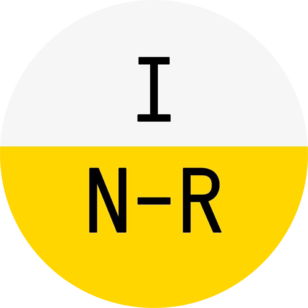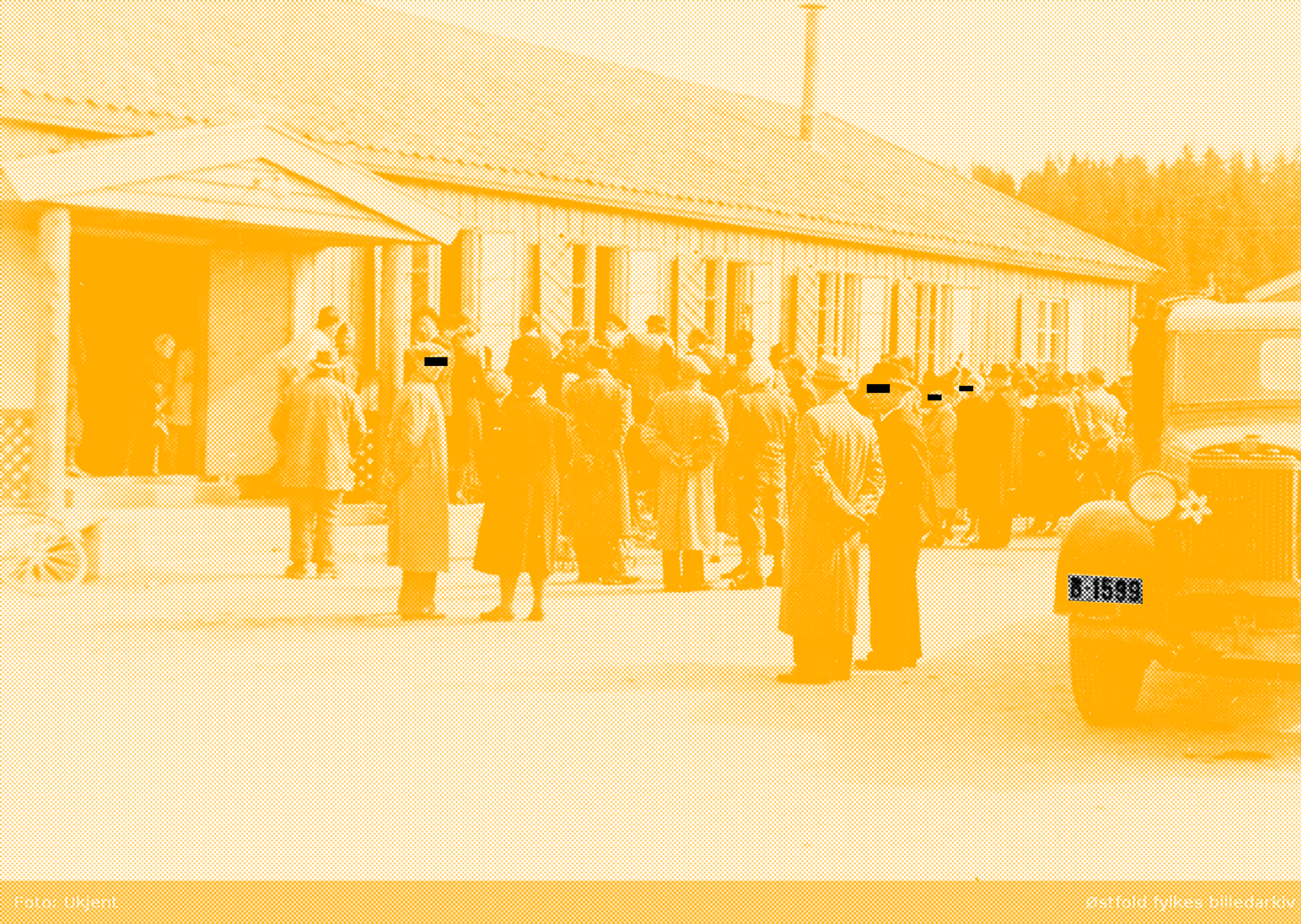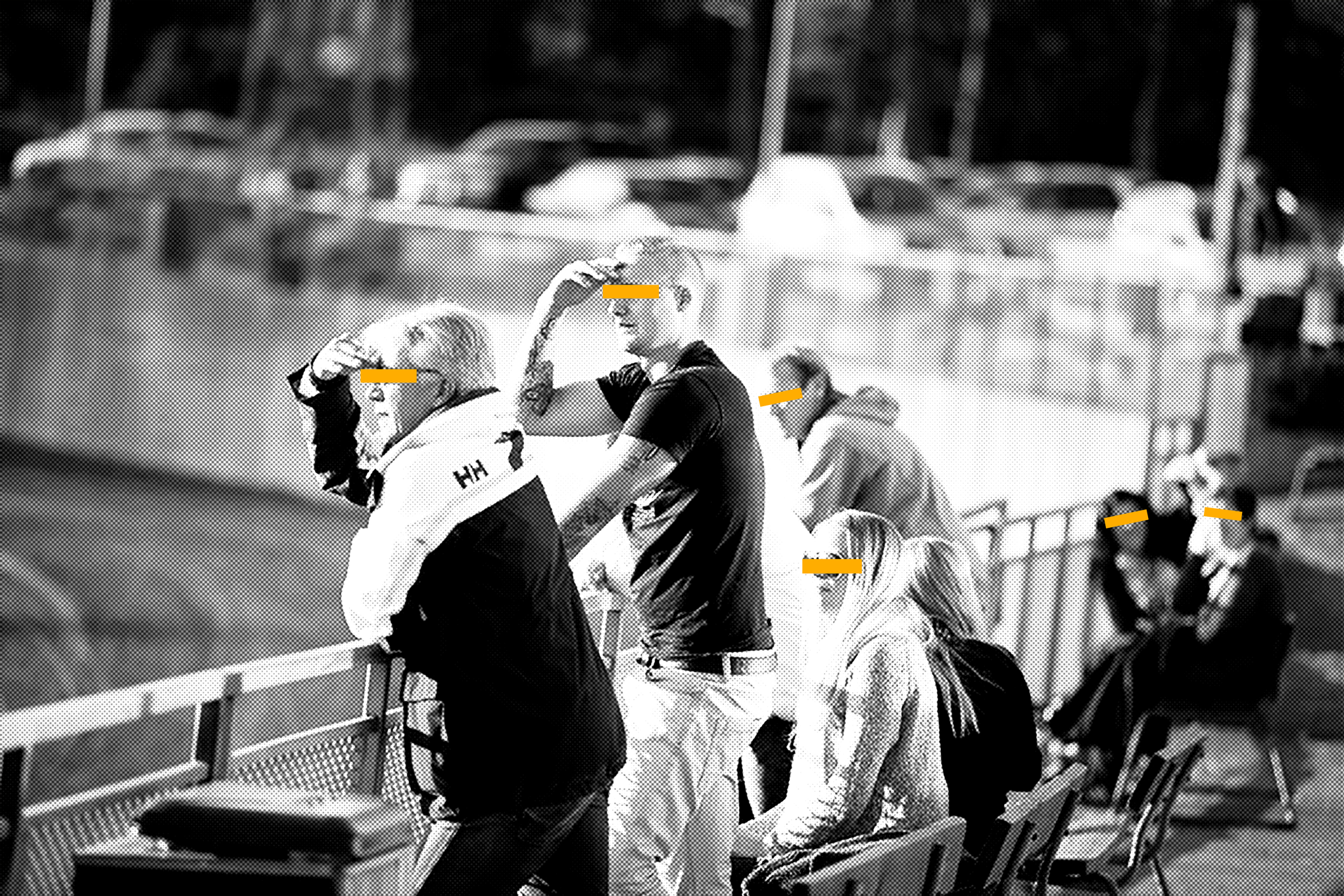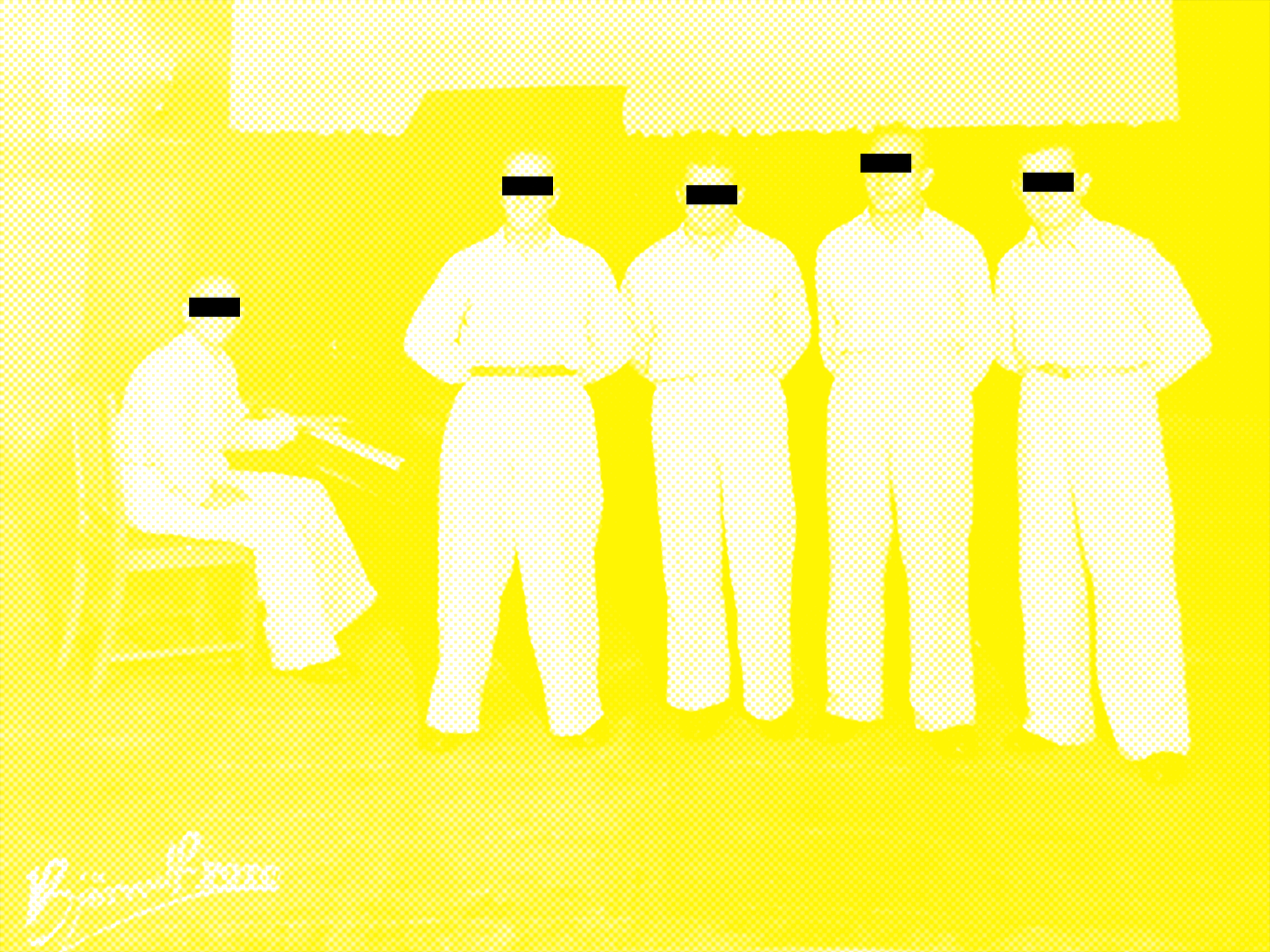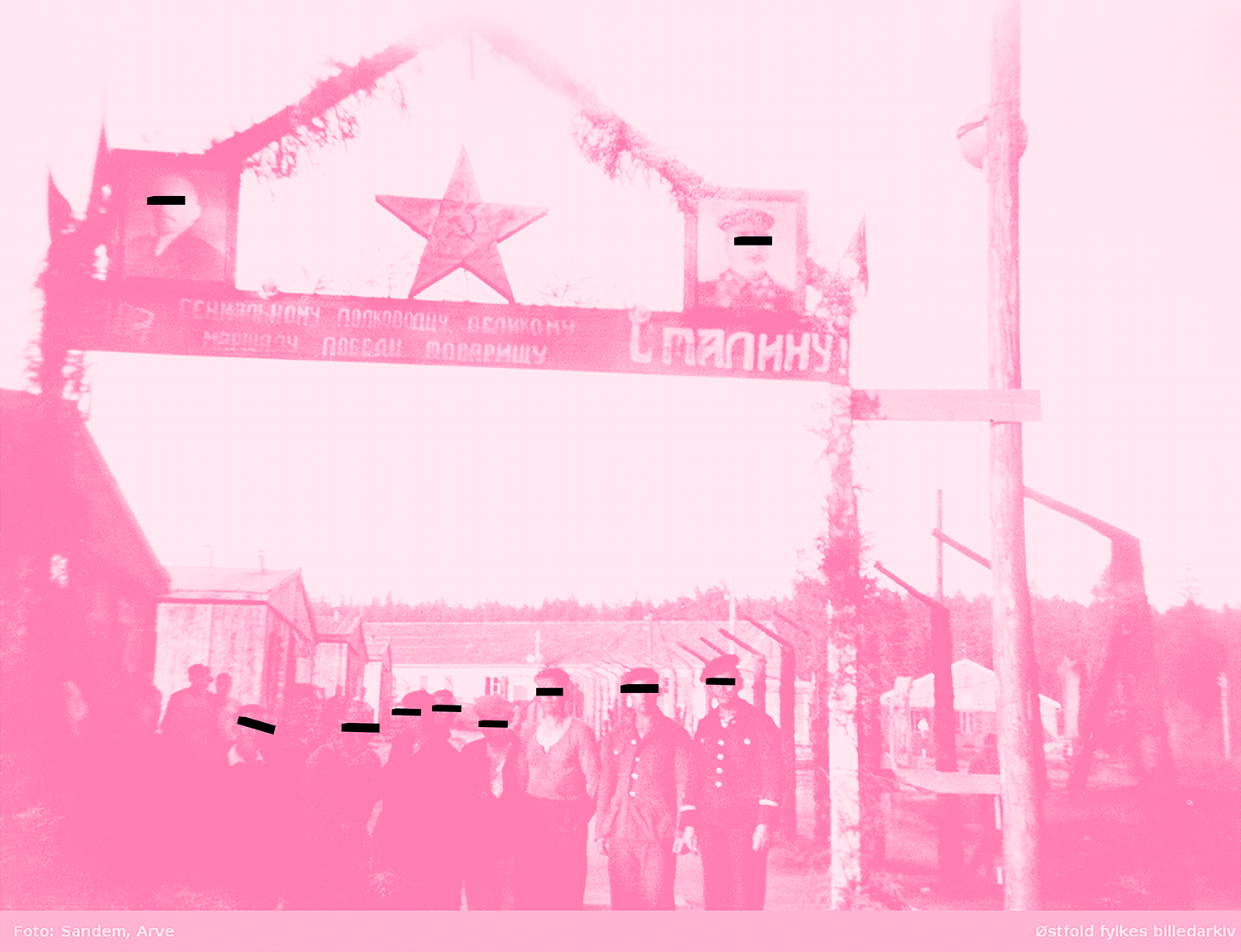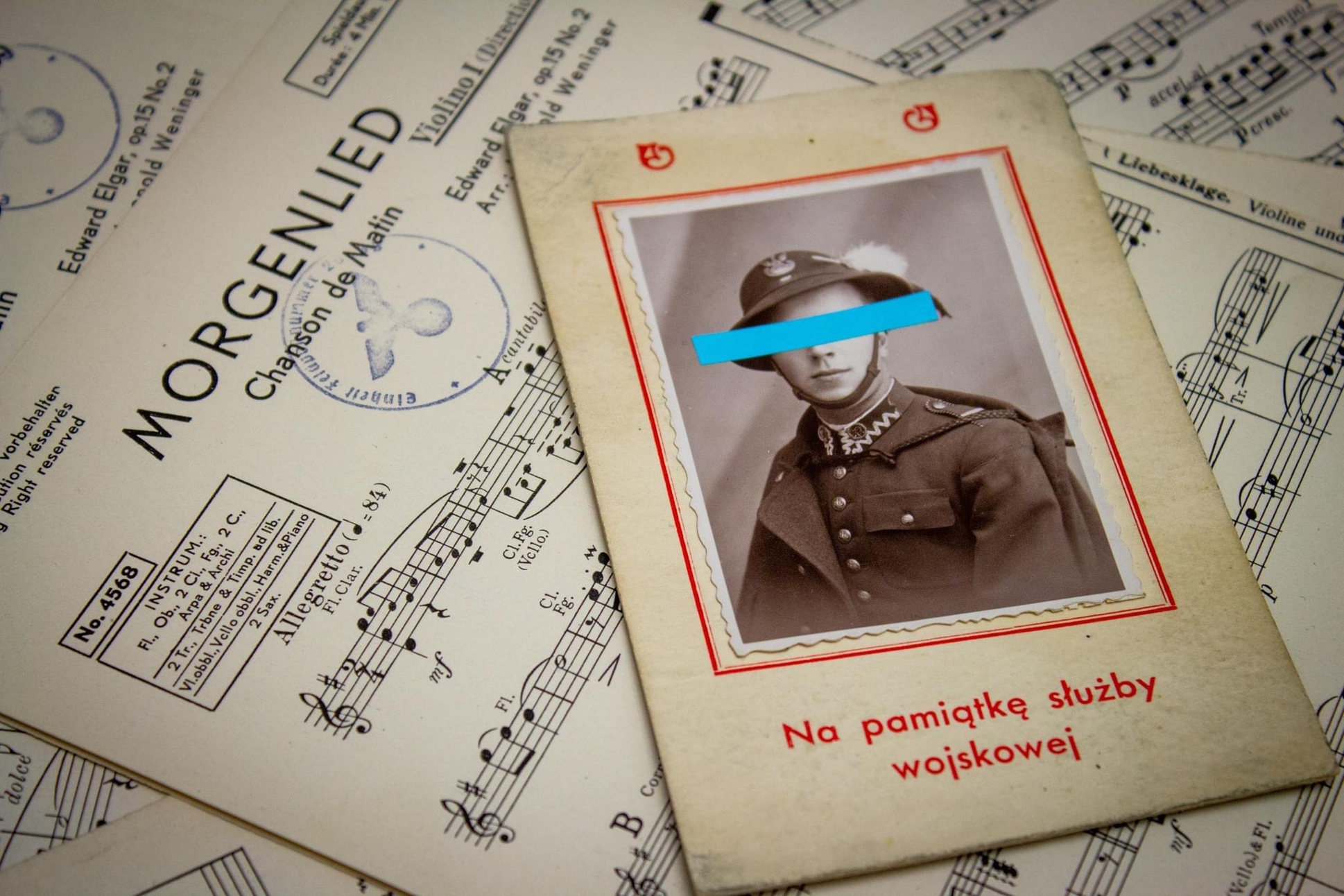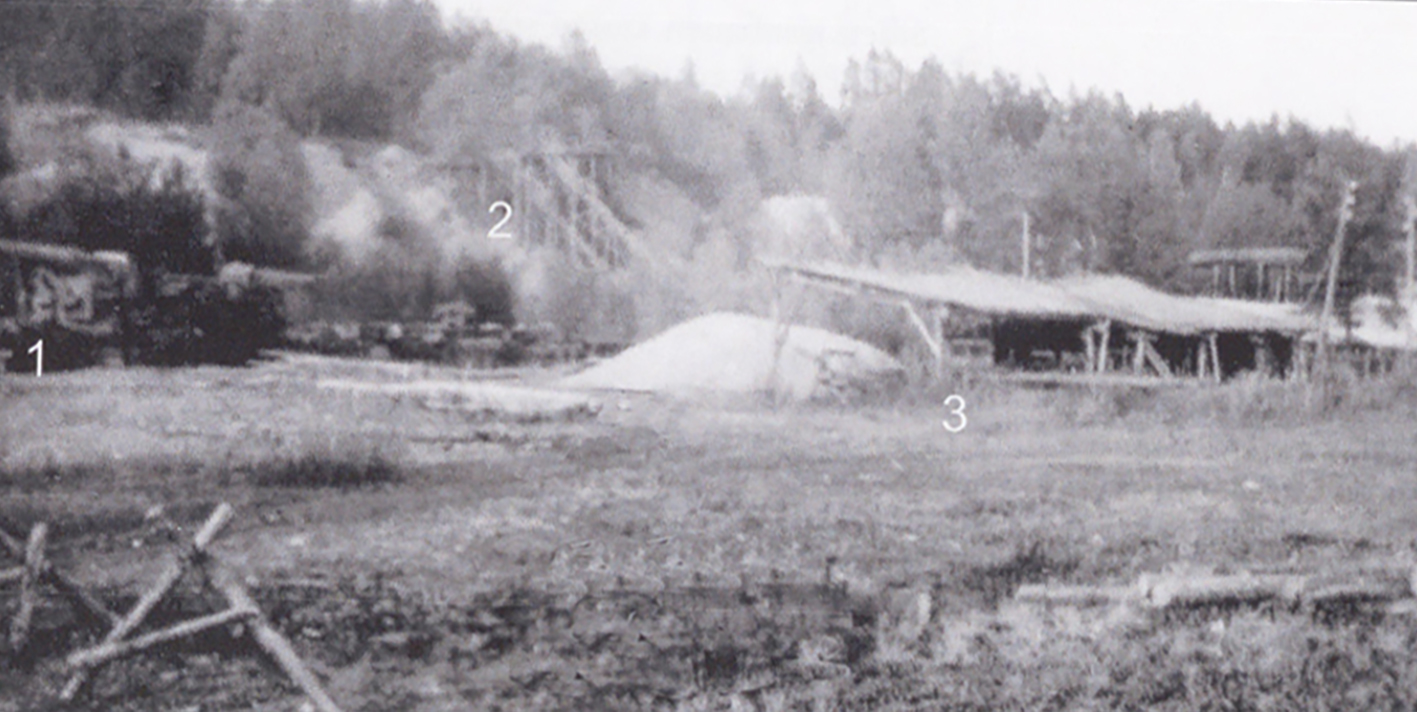SCROLL RIGHT TO SEE PHOTOS
AND SOUND ARCHIVE
ABSTRACT
This project investigates examines what happens when illustration practice is executed outside its traditional realm. Beginning with central topoi in visual storytelling such as ‘character/ actor’, ‘scenography/ environment’ ‘narrative images' ’dramaturgy’/’plot’ and 'style', the project investigates these topics solemnly through sound practice. The mediated content of the project is the layered history of a small suburban place of south east Norway, Momarken; an ancient market place and arena for horse racing, that had a near escape from becoming the last Nazi-German concentration camp built on European territory. Exploring relevant archives, local witnesses, newspapers from the period we ask: Who gets attention in such a public space? What politics of rememberance lies behind the stories being told? Who has the power in these stories? What is the nature of their power, and how do they use it? May the transposition from illustration to sound lead to “another thought?” May our interventions influence the spatial silence or noise in this public environment?
REFERENCES
Aburawis, A. A. M., & Dokmeci Yorukoglu, P. N. (2018). An integrated framework on soundscape perception and spatial experience by adapting post-occupancy evaluation methodology. Building Acoustics, 25(1), 3–16. https://doi.org/10.1177/1351010X18758478
Behrendt, F. (2018) Soundwalking
DOI: 10.4324/9781315722191-28
Embury G. and Minichiello, M. (2918) Reportage Illustration
Bloomsbury
Kollias, P.-A. (2011, 04 01). Iannis Xenakis and systems thinking. Hentet fra Goldsmith University: https://www.gold.ac.uk/media/documents-by-section/departments/music/11.1-Phivos-Angelos-Kollias.pdf
LaBelle, B. (2018) Sonic Agency. London: Goldsmiths Press.
Larsson, J.(2018) Håndbok for lydarbeid i visningsrom. Bergen: Lydgalleriet.
McCartney, A. (2016). How am I listening to you? Soundwalking, intimacy and improvised listening. I G. S. Waterman, Negotiated Moments. Improvisation, Sound and Subjectivity (ss. 37-54). Durham and London: Duke University Press.
Rysjedal, F. (2022) How Long Did You Stay in the Water. Research Catalogue exposition. https://www.researchcatalogue.net/view/1630821/1630822
SOUND AS ILLUSTRATION
PROJECT DEVELOPMENT
The sound project is an integral part of the artistic research project Illuminating the Non-Representable. Stephanie Black (Black 2014) suggests three areas of illustration as research:
- Research is initated and unfolded in illustration
- The questions ans challenges are informed by the need of illustrating
- Illustration drives the methodology or the specific method.
The two latter possibilities could be said to inspire the research in this workpackage. The material has been presented as experiments of sounds in different formats, exploring soundscapes (Aburawis, & Dokmeci Yorukoglu 2018), soundwalking (Behrendt 2018, Thulin, 2019), embodied sound (LaBelle, B. 2018) (McCartney, 2016), timbre, making sound installations (Larsson, J. 2018), podcast etc.
March 20th 2020 Zoom
How can one begin artistic research and cooperation during lockdown? Wave researcher Ana Carrasco from the Meteorological Institute of Oslo met up on Zoom with Fredrik Rysjedal, Hilde Kramer, and Arthyr Hureau from KMD., BErgen for the initial plans about asound installation based on algorithms from a specific area outside Kristiansand. Though remote from Bergen, it directly links to the Momarken layered history.
July 6th, 2020 Momarken
Fredrik Rysjedal and Hilde Kramer field work and recording at Momarken.
October 9-11, 2020 Bergen:
The first sound as illustration project HOW LONG DID YOU STAY IN THE WATER? This sound installation was created from wave algorithms provided by researcher Ana Carrasco at the Norwegian Meteorological Institute in Oslo. Fredrik Rysjedal and Arthur Hureau transposed the data into a composition that lasted three hours; the same timeframe as the event it described: The sinking of the prisoner's ship Palatia on October 21rst 1942.
October 16-17, 2020 Bergen:
Symposium 1 Sound/music related presentations:
Fredrik Rysjedal
About the making of
HOW LONG DID YOU STAY IN THE WATER Illustratørpodden Episode 8 https://soundcloud.com/2021ipodden/tracks
Ana Carrasco
What Is a Wave?
On waves in the air, the earth and collecting wave data the ocean. https://www.youtube.com/watch?v=o0BcVPdbUkY (Meteorolog Ana Carrasco om havbølger som utgangspunkt for lydverket 01:40:00)
Dániel Péter Bíro
Movement of History
Transpositions of Spirit
Pínar Yelmi
The Soundscape of Istanbul
Maia Urstad
Time-Tone-Passages
October 19-20, 2021 Bergen
Symposium 2 Materiality, Space and Embodiment:
Illuminating the Non-Representable
October 30th, 2021 Bergen
Based in the same research material, the experimental illustration performance MUSIC FROM SIBERIA uses voice, gestures, mark-making, visual material and sound to illuminate the ethical challenges we experienced in this project. Who should be in the image? What voices should be heard? Are there stories that deserve to be told, despite the sensitive information embedded? This artistic work was performed by Thanee Andino and Hilde Kramer at Tårnsalen, at University Museum.
November 2021, Bergen
Releasing the first three illustrator interviews that function as a reference for sound experimentations.
December 2021/ January 2022, Momarken
Thanee Andino recorded at the quarry, the horse track museum and the "Russian" steps.
June 2022
Recording sound effects for foley experiments.
July 2022, Momarken
The project is now at a stage of wrapping up archive research, interviews etc. Working with sound experiments such as sound walk, podcast, foley sound and leitmotif, we envision to be able to communicate the fascinating and unique history, almost forgotten 80 years after these events. The work is estimated to be concluded and presented by autumn 2023. Andino and Kramer creating an archive of sounds related to the quarry in order to test out Foley sound effects.
August 2022, Momarken/Bergen
One of the topics that has been much dsicussed in the project is the question for whom is the project important? What audience would we like to reach? All along the intention has been to reach a young audience (age group 15-19).
Historically, artists and designers have been influenced by and early adaptors of technology (Embury and Minichiello 4 2018).
Finding a mediation style that would address such an audience was what we pondered; would podcast actually be the right choice? Would not a sound walk better engage an audience; walking and listening in the same area as the story unfolds in? In June a meeting was held between Indre Østfold municipality and the project group. A regional Democracy Center is planned for the local fortress. Working with the same values; addressing otherness, extremism and societal challenges, we saw the possibility of a closer cooperation. In August a cooperation is initated with the local secondary school, Mysen Videregående skole, to cocreate a soundwalk that goes from Monaryggen to Momarken. In spring a massive historic research has been more or less concluded, with visits to Riksarkivet, Jernbanemuseet and archives in Norway and abroad. The summer has been spent sorting this material. Project leader Andino is now structuring the material into 17 stations that together create a narrative that includes Soviet forced laborers, time witnesses remembering the Nazi-German attack at the fortress, people incarcerated, the prisoner baraques etc.
What is neccesary now is to make bundles of material that the pupils at the media department of the secondary school can transform into stations that will constitute the soundwalk.
Tore Lund, Cand. philol and historian and previous teacher at the school will continue to follow the process. Since texts in various forms become crucial in the new development, former Head of Education at Norsk Barnebokinstitutt, Dag Larsen takes the role as editor. It is necessary to hire an advisor for the development of the leitmotif parts. Thanee Andino continues as project leader. But the new development requires prolonging the project leader role.
Update October 2022: The geo-location audio walk was planned as a in cooperation with the local media classes at Mysen Videregårende Skole and Indre Østfold kommune.
Due to the teacher strike in August and September, the project had been delayed and is now in a stage of regrouping.
November 2022, Momarken/Oslo/Bergen
Recordings of sound environments of the area at Momarken, as well as material for an ongoing sound illustration dedicated to the sculptor Ervin Løffler, who came as a displaced person to Momarken in 1947 and became a renowned artist.
December 2022, Bergen
Thanée working on her sound project about Ervin Løffler. Release of three more podcast episodes.
January 2023, Momarken
Hilde editing a rough draft of a sound story from the quarry.
February 19 2023, KMD
First presentation of Sounds from the Quarry by Kramer, Andino and Carvalho during the symposium 'Work in Progress'.
“... the landscape tells - or rather is - a story. It enfolds the lives and times of predecessors who, over the generations, have moved around in it and played their part in its formation. To perceive the landscape is therefore to carry out an act of remembrance, and remembering is not so much a matter of calling up an internal image, stored in the mind, as of engaging perpetually with the environment that is itself pregnant with the past.”
― Tim Ingold, The Temporality of the Landscape 1993
For a soundscape, like a landscape, is the outcome of a particular act of associative attention, an effort or aptness to hear certain sounds as consonant, though we will see that there are markedly different forms of synopsis, or synaudience, for the “sounding together” of sounds.
– Steven Connors, Rustications, Animals in the Urban Mix, 2014.
A leitmotif, according to Merriam Webster (dated October 15th 2022, retrieved December 7th 2022): [...] comes from the German Leitmotiv, meaning "leading motive," and is formed from the verb leiten ("to lead") and the noun Motiv ("motive"). In its original sense, the word applies to opera music; it was first used by writers interpreting the works of composer Richard Wagner, who was famous for associating a melody with a character or important dramatic element. Leitmotif is still commonly used with reference to music and musical drama but it is now also used more broadly to refer to any recurring theme in the arts or in everyday life.
...
'Leitmotif' may be defined as a recurring musical idea which has been invested by its composer with semantic content (Darcy 1993: 45).
...
[Leitmotifs] consist of figures, or short passages of melody or marked character which illustrate, or as if it were label, certain personages, situations or abstract ideas which occur prominently in the course of a story or drama of which music is the counterpart; and when these situations recur or the personages come forward in the course of the action, or even when the personage or idea is implied or referred to, the figure which constitute the leitmotif is heard. (Parry 1889).
...
The phenomenon leitmotifs has in recent years gained popularity far beyond the environment of film music composers; it has become a familiar part of films knowledge making composers like John Williams (Jaws, Star Wars, Harry Potter), Hans Zimmer (The Lion King, Dune, Inception) and Ramani Jawadi (TV series Game of Thrones, Nicolas Britell (Succession) household names.
The following experimentations are relatively simple compared to how most leitmotifs are made. The experiments serve mostly to understand the basic principle of creating character from sound. Illusrtratørpodden is a podcast series within the IN-R project where we interview illustrators about the development of characters in their illustrations. Every episode has a simple sound intro produced by a marker pen scribling on paper:
COMBINATION OF THE TREE SOUNDS ABOVE
Introducing a system for the investigation here with using only drawing related sounds, changing playback rate, pitch adjustmens, as well as varying volume and panning and FX effects ( wetness, dryness, room size etc) . One may discuss if the basic marker sound is sufficently recognisable to constitute a 'character' in this context.
FOLEY EXPERIMENT 1:
How can tools in your daily surroundings mimic other sounds, in this case the imitation of a forced labour camp in 1943? In this case, we hade a eye witness who could describe the area: A quarry where the forced ca. 25-35 Soviet laboureres would dig sand and shovel into a mine cart. When the wagon was filled, it would be pushed manually by the prisoners onto a shaky wooden construction4-5 meters tall, there a metal chute was at the end of the construction. There were no brakes on the cart, so the prisoners would have to try to control the speed to not fall over the edge. Then the cart was tipped sideways down towards a metal chute that led from the level above to the waiting narrow-gauge steam train below. Eight wagons were filled in one session, and there were two train loads per day. Tre prisoners came by foot from the camp, followed by armed Nazi-German guards on motor-cycles. The are was relatively open for bystanders; many people came to fetch sawdust from a sawmill in the same place. A cement factory owned by a Norwegian Nazi collaborator was also in this spot. However it has been only two people stepping forward with memories of what happened there. We do not know the identity of neither Nazi-Germans nor the Soviet prisoners. Some of the Norwgians have been identified.
To narrate this story through sound simulations, Thanee and I spent an afternoon in June 2022 in my old barn testing out every screwdriver, rusty metal chains and skewers, saws, hammers, plumber's pliers, barrels, rusty nails, a leaf rake on gravel, an axe hitting the garage door's metal spring. Below is the second take.In the final foley experimentation, bits and pieces from these recordings have been used. Recording device: Zoom H4n.
PENCIL ON PAPER
During a research based course for BA2 level in spring 2022, students were asked to make supplying sounds of drawing related equipments. This sound of a pencil drawing is made by Marie Haugen.
FOLEY EXPERIMENT 2: Same day as above. The sections on these two recordings are the basis of the experiments done since.
The three characters are Nazi-Germans; represented by motorbikes and shouting, Soviet forced labour represented by industrial sounds and voices (caughing and moaning) and Norwegians at the sawmill. In January 2023 I am working on a short sound story based in the recordings from last summer.
